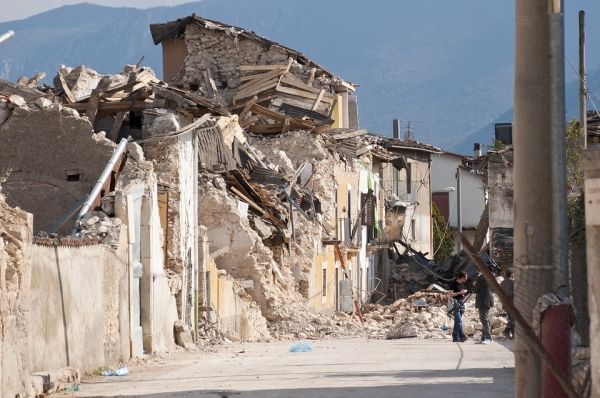The land masses of Japan shifted from east to west to east again in the months before the strongest earthquake in the country’s recorded history, a 2011 magnitude-9 earthquake that killed more than 15,500 people, new research shows.
Those movements, what researchers are calling a “wobble,” may have the potential to alert seismologists to greater risk of future large subduction-zone earthquakes. These destructive events occur where one of Earth’s tectonic plates slides under another one. That underthrusting jams up or binds the earth, until the jam is finally torn or broken and an earthquake results.
The findings were published today (April 30) in the journal Nature.
“What happened in Japan was an enormous but very slow wobble – something never observed before,” said Michael Bevis, a co-author of the paper and professor of earth sciences at The Ohio State University.
Read more at Ohio State University
Photo Credit: Angelo_Giordano via Pixabay


